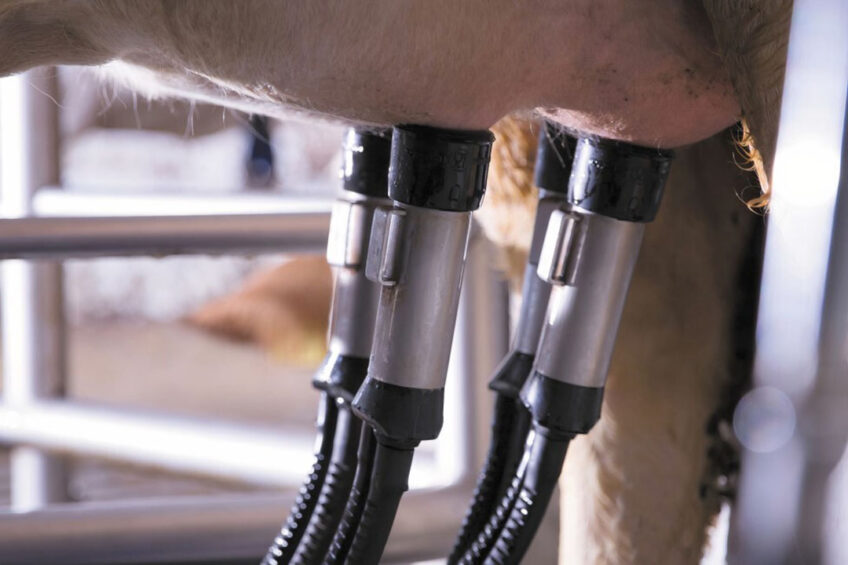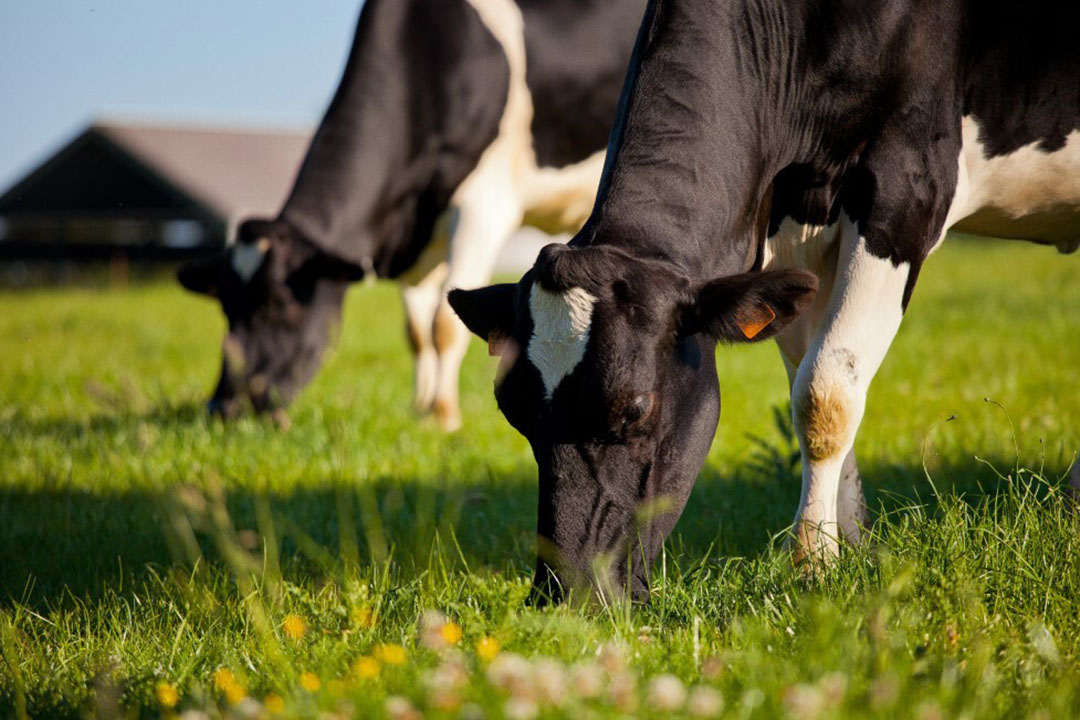Australia: Growth in automatic milking

A growing number of dairy farmers in Australia are considering investing in an automatic milking system (AMS). One in every 3 dairy farmers in the country would consider installing an AMS when the time came to replace or upgrade the dairy milking shed.
So far, adoption rates of AMSs in Australia, particularly in pasture-based systems, have been lower than expected. But the number of farmers with commercial AMSs in Australia is gradually increasing.
In 2022, there will be 60 farms with an AMS in use or commissioned. In 2018, there were 38 AMS farms operating across the country. According to the recent Milking Edge final report, there is no doubt that adoption of AMSs will continue to grow in the Australian dairy industry.
In the Milking Edge project, which began in 2018, industry worked with commercial companies, universities and the government to deliver research, development and adoption programmes and projects. The Milking Edge project was a 4-year initiative funded by Dairy Australia, New South Wales Department of Primary Industries (NSW DPI) and DeLaval.
The main reasons for dairy farmers to invest in an AMS are flexibility, the availability of labour and upgrading of the farm. AMSs in Australia are still predominantly pasture-based; 85% of farmers with an AMS have their cows spending most time outside. The smallest system in Australia has 2 robots and is milking 100 cows, and the largest system is milking 900 cows with 16 robots. The interest in AMSs is growing, particularly in Victoria, New South Wales and South Australia.
Decisions based on data
Juan Gargiulo, who was in charge of research for the Milking Edge project, says researchers in the project compared 14 farms with AMSs to 100 similar conventional farms. “Power costs were slightly higher for AMS farms, but we found that the herd costs were lower,” he explains in a podcast by the NSW DPI. “Because the system collects a lot of data from every cow each day, farmers spend less on herd testing. But overall, costs seem to be a bit higher with AMSs, because of depreciation.”
Gargiulo explains that some farmers managed to compensate for the costs of depreciation with more labour efficiency and lower labour costs. “But on average, labour costs were similar. That was quite surprising for us.” The researcher says that most farmers who are attracted to an AMS like to make decisions based on data. “But there are other issues involved, like lifestyle or labour flexibility.”
AMSs have the potential to create significant change in farm productivity and profitability, the Milking Edge report says. “AMSs will consolidate themselves as a viable option for Australian dairy farmers. The Australian dairy industry should continue to actively support farmers interested in AMSs to access tools, resources, training and opportunities, to increase their understanding and confidence to invest in technologies to run profitable and sustainable dairy farms.”
During the project, Milking Edge established a strong online presence mainly through social media, newsletters and websites. In collaboration with The University of Sydney, the project expanded to include many elements of research, particularly in relation to the capture and analysis of performance and profit data from AMS farms.
Interest in AMS
This was then used to develop a decision-support system to help farmers interested in AMSs better understand what is achievable and to optimise their farm performance. The interest in AMSs seems to be growing. The support system has already been accessed by close to 1,000 people.
The future of AMSs in Australia looks very positive. The project team knows there were at least another 13 AMS farms to be commissioned between April and December 2022. An earlier survey, answered by 200 dairy farmers across Australia, showed that 60% of dairy farmers and 80% of service providers considered AMSs to be a technology with increased expected adoption over the coming years.

Of the current farmers working with AMSs, 18 have already increased the number of robots since they originally commissioned. Some of them are expecting to expand their operation in the near future, and many have planned for extra space in the dairy shed to include extra robots.
About half the farmers indicated recently that they would be looking at replacing or seriously upgrading the milking shed over the next 5 years, and 30% said they would consider installing an AMS when this time came. A further 27% of farmers are undecided and dependent on other factors.
As part of Milking Edge, the Australian dairy industry now has access to online AMS information modules and AMS training courses. They are designed for anyone who is interested in knowing more about AMSs. Participants do not need to be operating an AMS or working on an AMS farm to complete the modules or training course.
The online AMS information modules are a series of 8 modules that cover key farm management areas directly related to AMS. They are free to use and can be accessed online at any time. Interest in the modules has been growing, with over 170 registrations to access these modules so far.
Improving pasture utilisation, labour efficiency and robot utilisation on farms could have a significant effect on the profitability of automatic milking systems, making them more attractive and therefore potentially increasing uptake of the technology.
That is a conclusion of a study that compared the physical and economic performance of pasture-based AMSs and conventional milking systems, using data from Australian dairy farms. The researchers also wanted to identify opportunities for improving AMS productivity and profitability. The research was part of the Milking Edge project, and Juan Gargiulo was the lead author.
Data was collected over 3 years and came from 14 AMSs and 100 conventional management system farms located in the main Australian dairy regions. Farms within similar regions and herd sizes were compared. Results showed that all the main physical performance indicators evaluated – such as milk production per cow, milk production per hectare, pasture grazed per hectare or milk solids per full-time equivalent – were similar between systems.
The AMS farms had higher overhead costs, such as depreciation and repairs and maintenance, but no differences in total labour costs were observed between systems. Profitability, measured as earnings before interest and tax, operating profit margin and return on total assets were not significantly different between AMSs and conventional milking systems.
But there are possibilities for improving pasture utilisation, labour efficiency and robot utilisation on AMS farms. Improving efficiency in these areas could improve productivity and profitability of these systems.
Previous studies have suggested a potential of 2-10% increase in milk production on AMS farms, mainly driven by an increase in milking frequency and better overall management, which is linked to improved animal comfort, health and reproduction.






